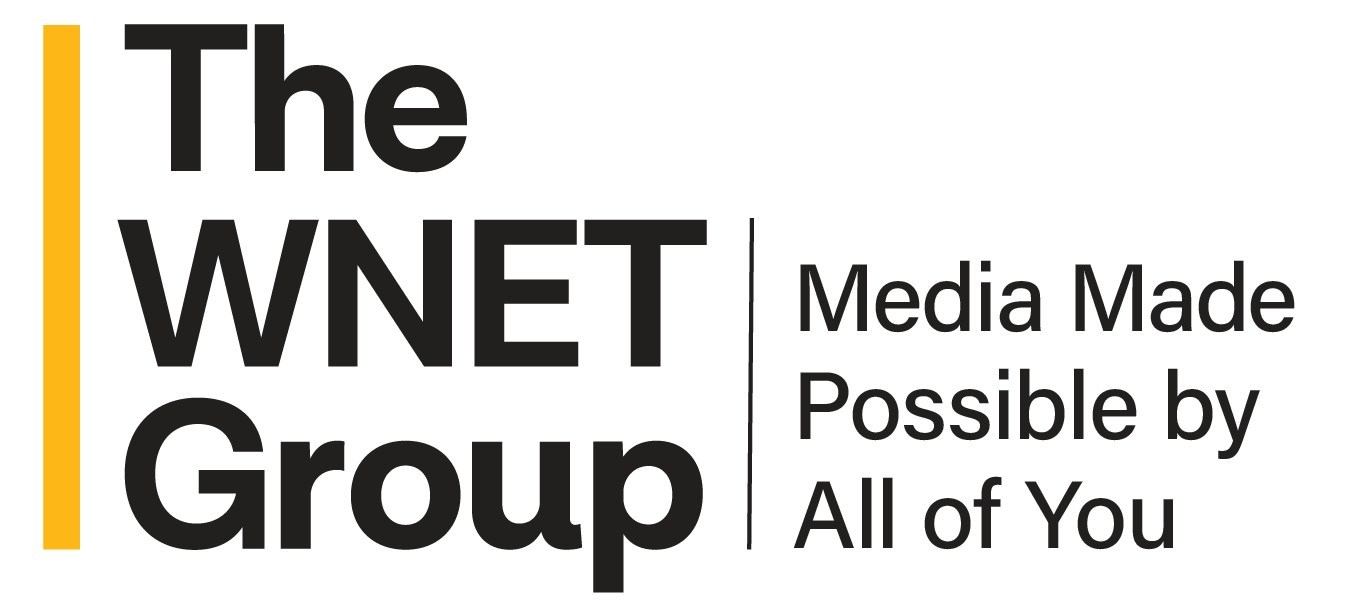NHK Simulates Ultra HD Satellite Signal
NHK Labs said it has successfully demonstrated "virtual satellite broadcasting" of its ultra HD (Super Hi-Vision), which has resolution rates up 16 times higher than today's HD formats. Super Hi-Vision consists of 7680 x 4320 with 60 fps.
The slowly evolving potential HD format (still probably years away from joining the real world, if at all) was displayed most recently in North America at NAB2006 in late April, using fiber-optic cable (HD Notebook, May 3, 2006).
In recent days, NHK researchers said in a statement they have brought the new technology a step closer to adaptability by verifying a signal transmission in a simulated satellite broadcast. The ultra HD signal was compressed, modulated and upconverted. Next it was forwarded to an experimental 21 GHz band satellite transponder that amplifies and relays satellite signals. The signal was subsequently downconverted, where it was demodulated and decoded.
The experimental signal used 16 MPEG-2 encoding chips, and was compressed to 250 Mbps for transmission. NHK has not set any specs for Super Hi-Vision.
Get the TV Tech Newsletter
The professional video industry's #1 source for news, trends and product and tech information. Sign up below.
